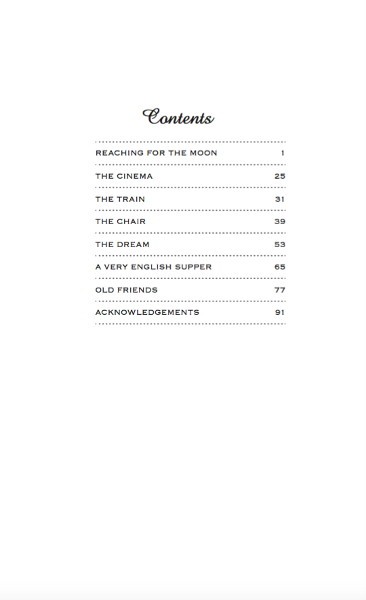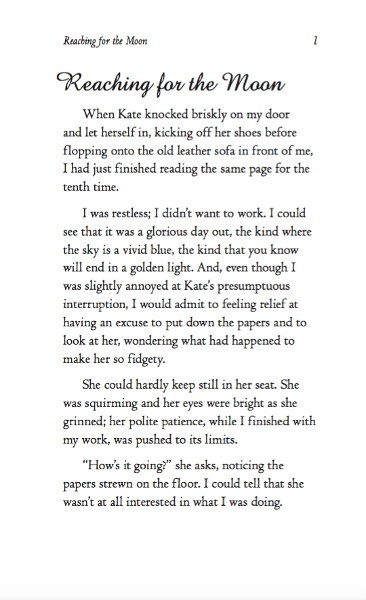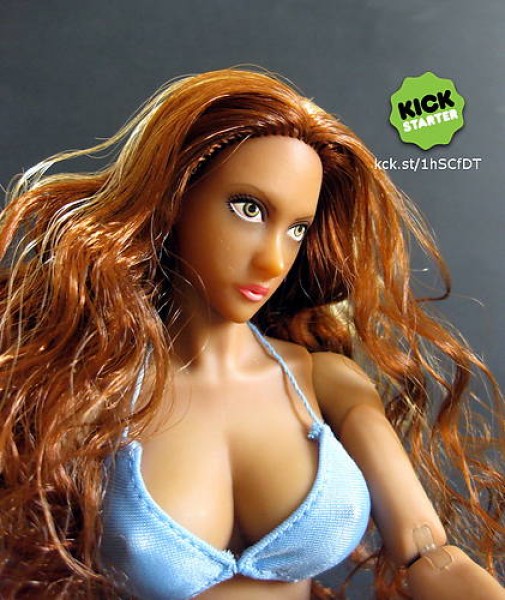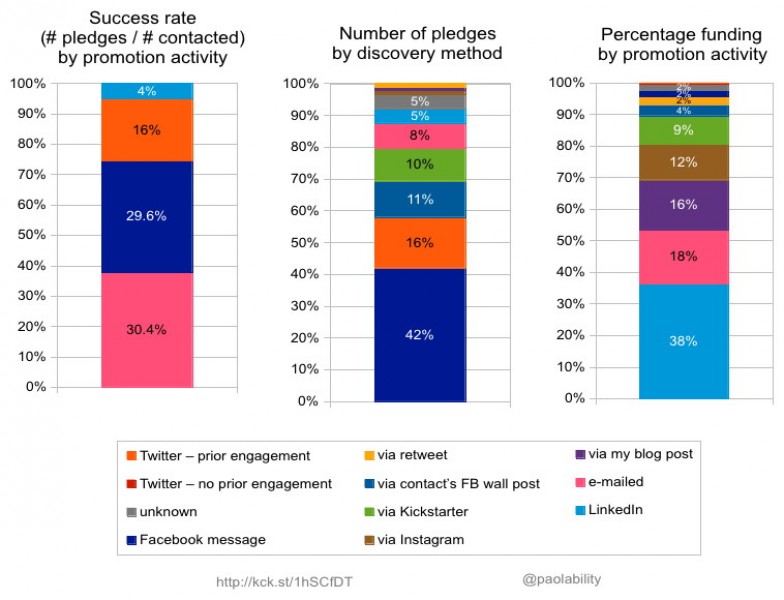fingers & tongues book
Run a successful Kickstarter campaign to design and create an e-book, paperback and hardback of short stories.
I ran a successful Kickstarter project to raise funds to edit and print my collection of short stories.
I created a pocket paperback of short stories and a campaign-exclusive A5 hardback with unfinished stories and background notes.
 In the process, I learned:
In the process, I learned:
- Audacity to create edited readings of the stories
- iMovie to create the campaign video
- Sigil to create ePub e-books
- KindleGen to create an e-book for Kindle
- InDesign to create the book manuscripts
- how to upload e-books for sale in Amazon's Kindle store, iTunes, Kobo and Nook store
I also learned:
- how to select and work with professional editors
- how to write a campaign pitch
- what worked and did not work to promote my campaign on social media
- how to keep backers informed with up-beat updates
Research
I read a lot of articles, listened to podcasts and read an eBook to learn how to create and run a crowdfund campaign.
For more, see my blog post What I have learned so far.
My children’s book on technology raised 100k within 24 hours - here’s how by Linda Liukas
IT WILL BE EXHILARATING eBook by Studio Neat
Funding the Dream podcast by Richard Bliss
Fulfilment
Printing
I contacted printers I'd used before to get estimates for the paperback and hardcover books (to set up, print and deliver).
I would send the cover designs as a PDF and the book text as a PDF which I would first create in InDesign.
Delivery
For the paperback and hardcover, I worked out the maximum cost for packaging and postage to the UK, Europe and rest of world.
I had backed campaigns where the shipping cost is nearly as much as the pledge level.
When planning the rewards for my campaign, I was mindful of this; I decided to simplify shipping outside the UK by taking a small hit on the profit margin for books shipped to the US.
Rewards
I created a spreadsheet showing actual set-up, print and delivery costs for the books. I calculated the unit price including delivery from the printers. I worked out what my reward levels would be after several iterations.
I then created another sheet to show how much money would be raised with different distributions of a number of backers at the various reward levels. The scenarios vary from most people wanting the cheapest reward (the eBook) to more people wanting physical books.
As advised in one of the articles I'd read, I created a high reward level (1 hand-written book) to make the next highest reward (rename a character) look reasonable.
Campaign rewards graphic

Campaign page
I spent a long time writing and rewriting the campaign page.
It was around this time that I discovered the Kickstarter Project Description Template. I realised that I had falled in the trap of describing the history of the stories rather than what someone would get out of the stories.
I bought headlines from ralphie2 on fiverr.com. I used some on my campaign page and the back cover text.
Smart erotica with women and men as sexual collaborators
At last, smart erotica that satisfies both men and women
Smart erotica: sex, pleasure, and getting off
Campaign video
I knew from what I had read that a lot of people didn't watch the campaign video or not all the way through.
I felt that people expected a campaign video and decided to create something that would enhance the campaign text rather than replace any of it.
I tried iMovie for the first time, found some royalty-free stock footage and made a video by the end of the day that was close to what ended up on the campaign page.
Setting the tone
I didn't want my video to be the first thing that people saw and so I had to come up with a striking image to display at the top of my campaign page.

Promotion
I created a page on Prefundia - effectively a 'coming soon on Kickstarter' platform where people can sign up for a launch notification.
In the week before the launch of my campaign, I contacted most of my friends, family and acquaintances for support.
I sent everyone a personal message using the medium I usually used to communicate with them.
I asked for a £1 pledge only, explaining that a campaign that had backers would look popular and attract more attention.
I included a link to my Prefundia page. I created a step-by-step guide to making a pledge for those who had never used Kickstarter before.
I kept a note of people who expressed an interest or who said they weren't interested.
I also posted campaign-related toy photos on Instagram during my campaign.
For more, read my blog post Promoting my first Kickstarter.
Launch
After launching the campaign on Kickstarter I contacted everyone I'd contacted before who had expressed an interest in the campaign or who hadn't replied.
I gave them a link to my campaign page, again asking for a £1 pledge.
I acknowledged every reply in the medium I'd contacted people. I also thanked anyone who expressed an interest in my project or who said they would back my campaign.
A week into the campaign, I contacted those people who said they would pledge but who hadn't yet.
Banner ad
I designed and paid for a banner ad on Kicktraq.

Reviewers
Two of the people following me on Twitter had blogs - one to review erotica and other to review sex toys and books. I asked both for a review. They both did it at short notice while the campaign was running.
The reviews provided me with material I could post in an update and, later, in my back cover text.
Editors
During the campaign, I was contacted by two people - one via Twitter and one via a Kickstarter blog post - offering to edit my book.
I eventually had four potential editors. I chose two editors based on their work on my shortest short story after the campaign was funded.
A big thank you to my editor, Tashery Shannon, who helped make my stories so much better.
Book design
Manuscript
I created the book manuscript in InDesign, the first time I had used it.
I developed a basic page design, formatting rules and tried out various font combinations.
I thought about how the book would be used and formatted the last paragraphs on right-hand pages not to be split.
I also considered starting stories on left-hand pages to minimise page-turning.
Fonts
I worked hard to create a typographic style that would appeal to both men and women.
Too feminine?

Too masculine?

A happy compromise:

Book covers
Paperback
I based the cover design of the paperback to Penguin's Great Ideas series. They were small books with thick card embossed, typographic ornaments and elegant fonts.
I used clip-art of vintage patterns to create the cover and tried out various back cover styles. I had hired a designed for the hardcover design and asked him to have a look at my paperback design, which he improved with some tweaks.




Hardcover
The hardcover book was a reward only available as a campaign reward.
It contained additional material including unfinished stories, background notes and some of the original forum feedback.
I hired a designer to design it. I was very pleased with what he came up with. I added the digital flower I'd used on the campaign page on the back.

e-book
I created an e-book version of the paperback using Sigil, which I used for the first time.
I tried out a couple of cover designs, deciding on the one that reflected the paperback.

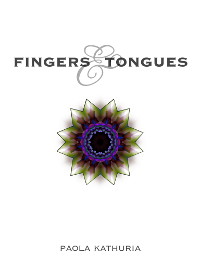

Free sample e-book
I offered the first story in the book as a free sample.
The free sample was improved by being professionally edited.
As with the full e-book, I tried a couple of options for the cover design.


Campaign updates
During the campaign and after it ended, I regularly posted updates.
I kept backers informed to the progress I wasd making at each stage: editing, design, printing, delivery.
For example, I explained how I had paid the four potential editors to edit one story to help choose who to hire for the whole project.

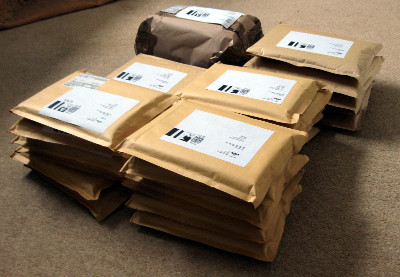
Conclusion
This project was one of the best things I have worked on in my life. I was able to vastly improve on what I could do alone by working with experts in editign and design.
I learnt a lot about marketing and some useful tools.
I am really proud of the resulting books and feel prepared if I ever do another Kickstarter.


